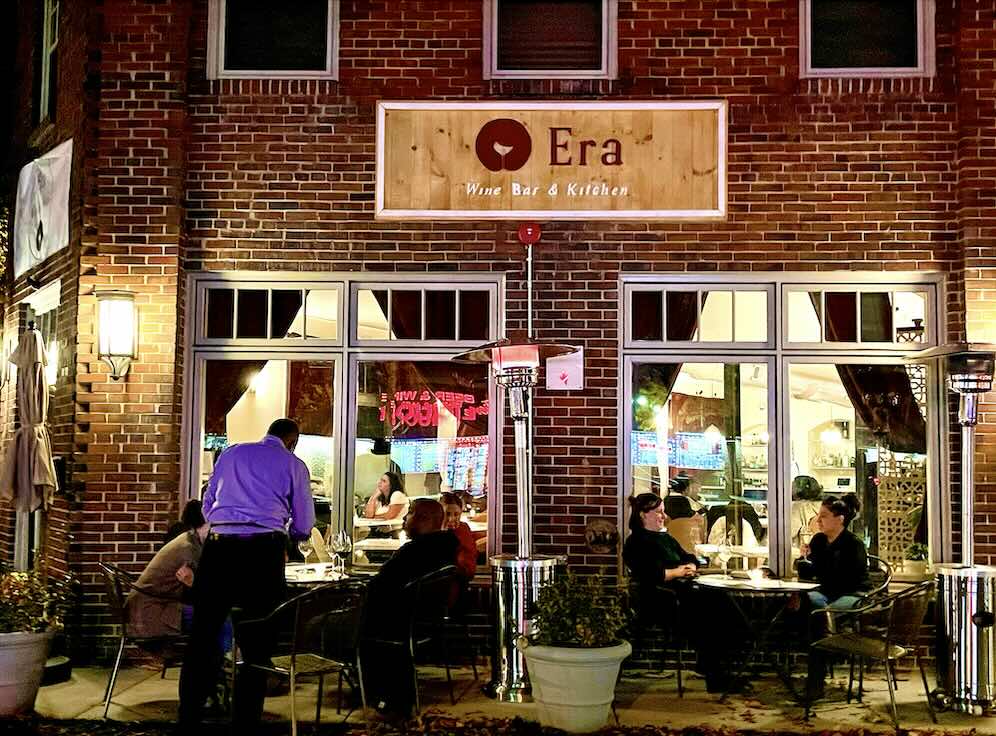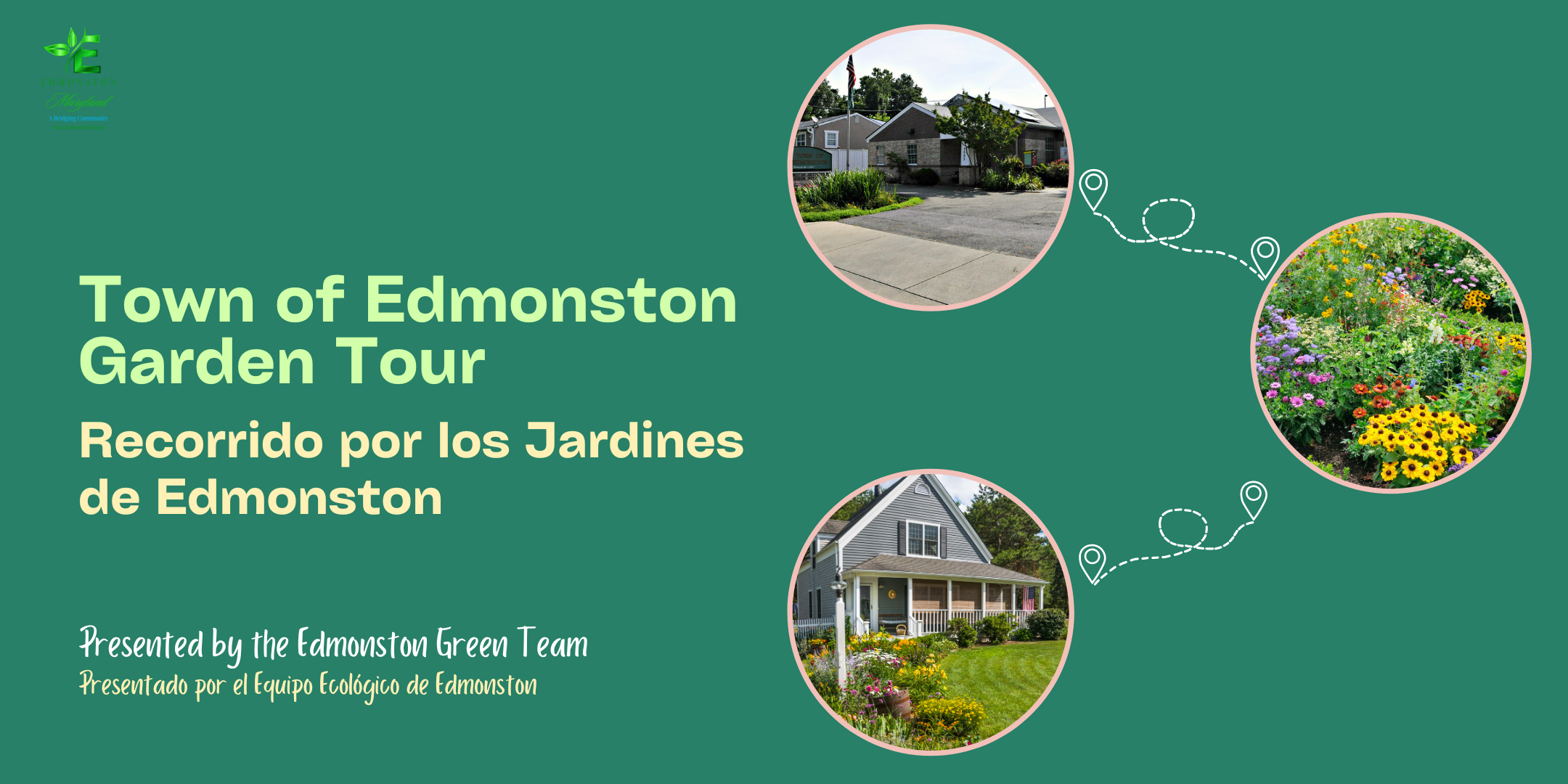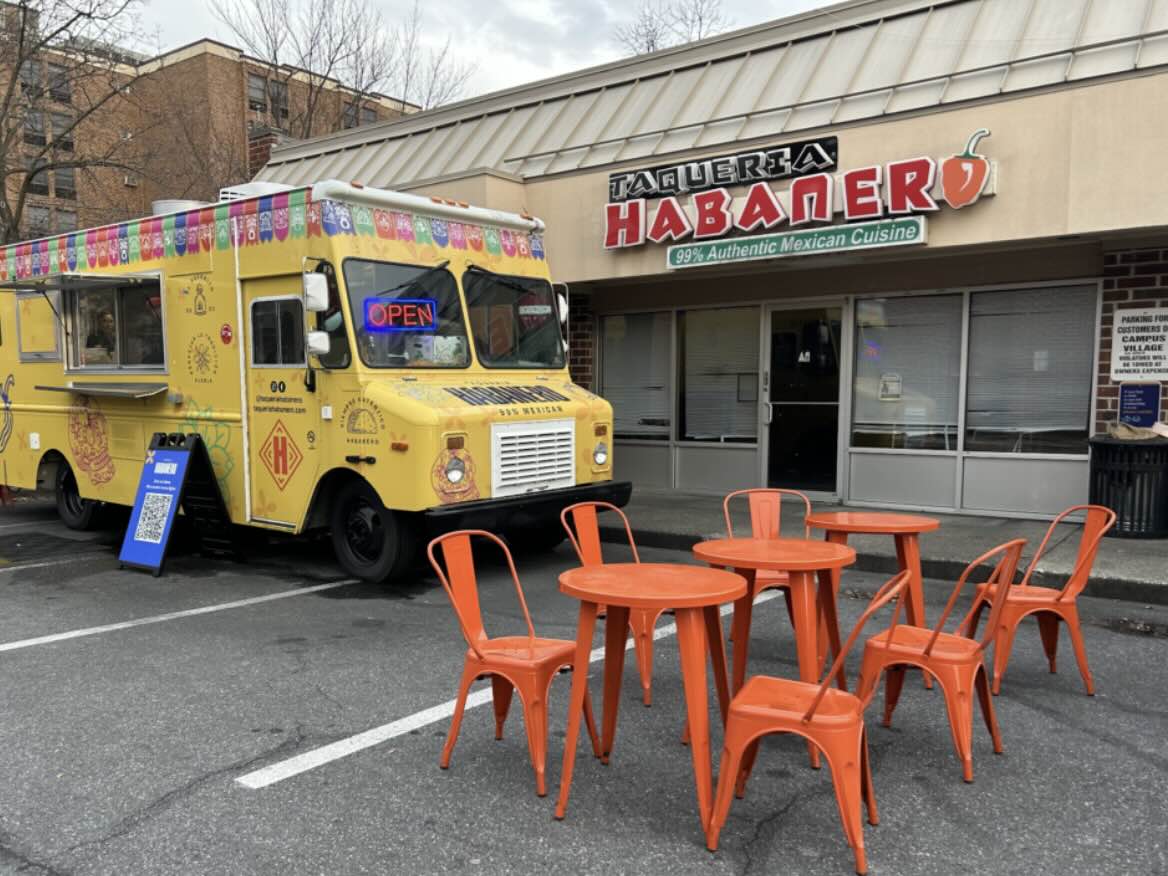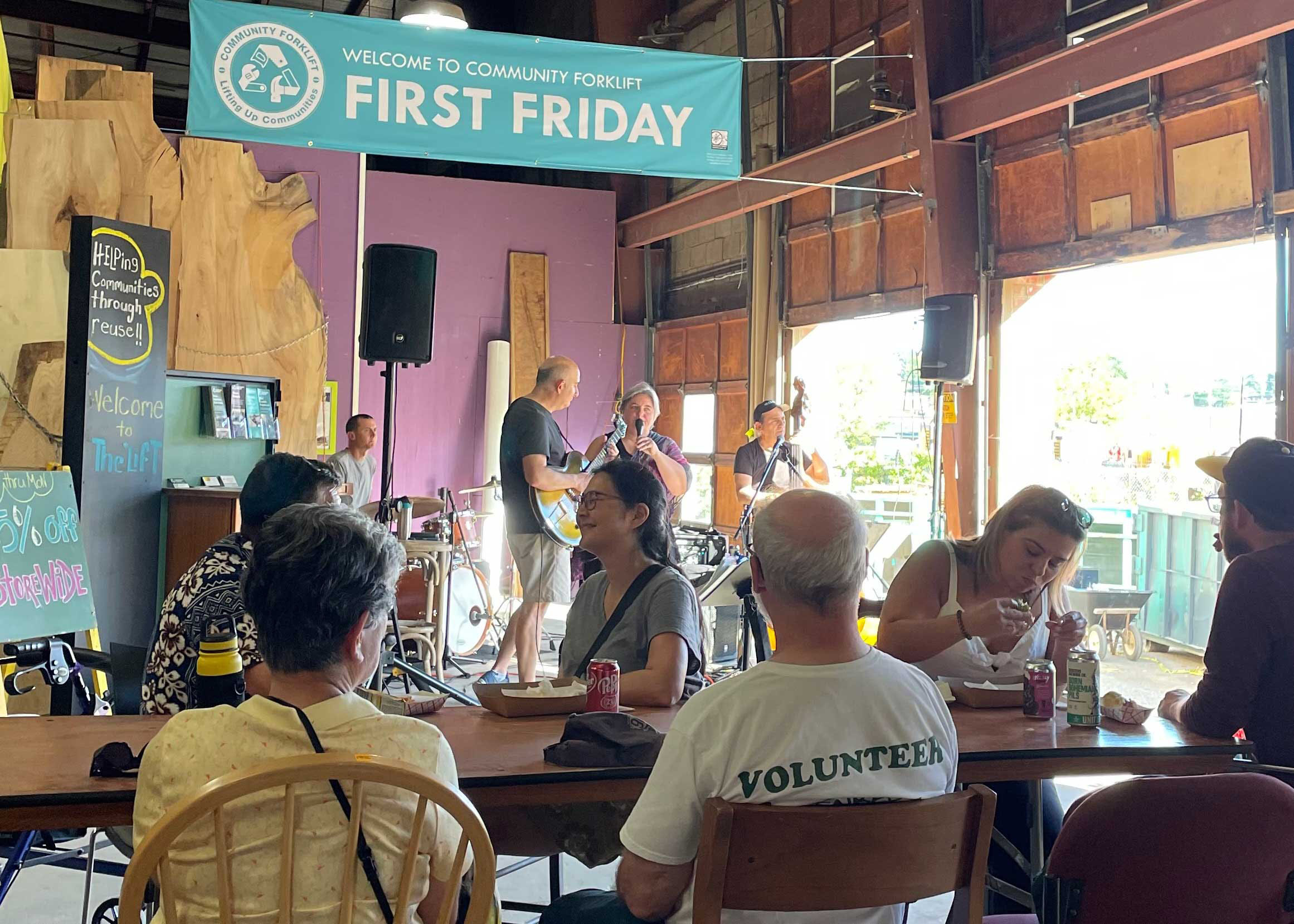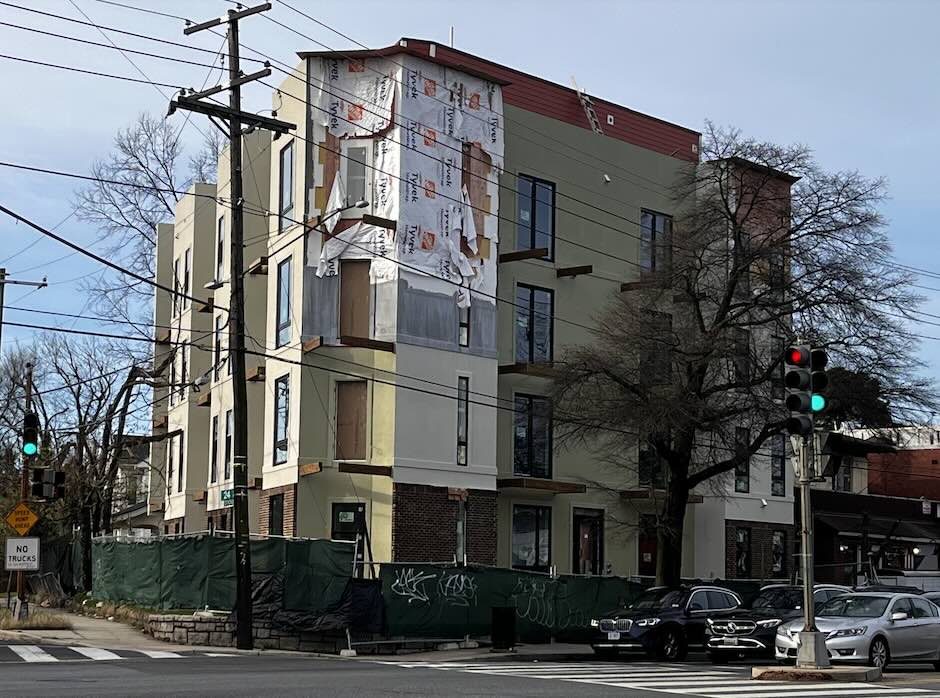
Riversdale House Museum is using its gardens to teach about the history of indigenous and enslaved people who resided in the area.
There are six garden plots at the historic Riverdale Park property.
One plot represents the kinds of crops grown by enslaved people to supplement their diet, including cabbage, collard greens, beets, carrots and spinach.
Another plot is through collaboration with the Piscataway Tribe and represents the Native American population that lived in the area for thousands of years before Maryland was established.
There are two plots highlighting vegetables and herbs used in the kitchen and flowers mentioned by former owner Rosalie Calvert in letters from the early 1800s.
And another plot features native plants, while the final one for use in children’s events at the property.
In recent years, gardening that recognizes Native Americans has become something of a trend, with many institutions choosing to highlight the so-called “three sisters”: corn, beans and squash.
The three staple crops were often planted together, with the cornstalk serving as a trellis for climbing bean plants, whose vines also help stabilize the corn from high winds; the beans fixing nitrogen in the soil; and the squash keeping the soil moist, preventing weeds and deterring deer and raccoons.
Historic Site Gardener Laura Sweeney told the Hyattsville Wire that she has already planted summer squash and corn, which has to grow a cornstalk of at least six inches before the beans are planted to grow alongside it.
Research has also shown that gardens grown by enslaved people were more complex than realized, with crops being grown to supplement their meager rations but also to reflect African customs and mores.
Support the Wire and Community Journalism
Make a one-time donation or become a regular supporter here.











